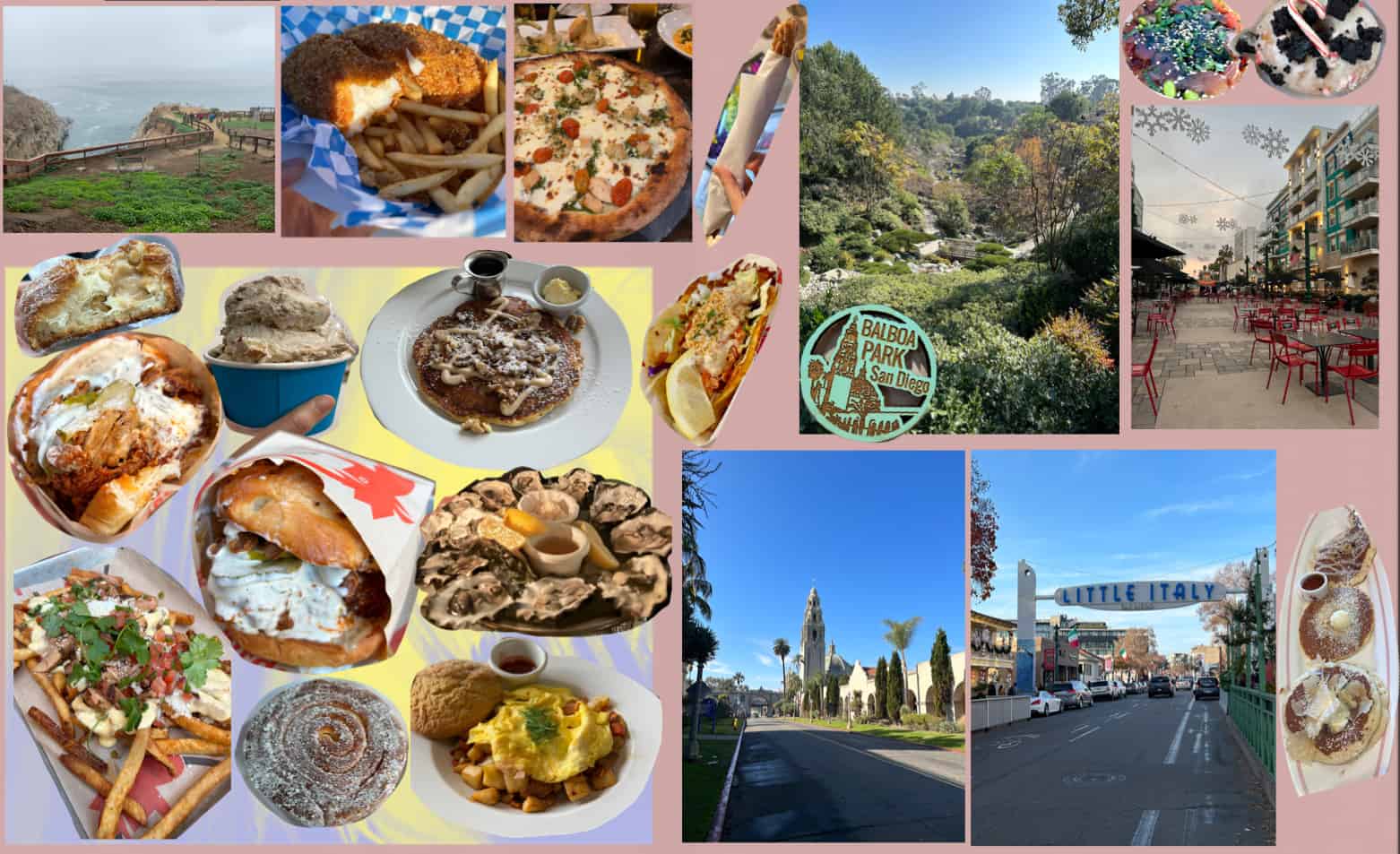SG_HSBC_CC_HSBC Revolution Credit Card SG_SCB_CC_Standard Chartered Journey Credit Card (Fee Waiver) SG_CIMB_CC_CIMB Visa Signature Card […]
Food, transport and housing take up a large portion of our expenses. While food may be a great enjoyment to fellow foodies, it is still good to indulge mindfully for health and personal finance reasons.If you are able to reduce your unnecessary food expenses, you will be able to divert more capital into your investments.
Mindless Eating by Brian Wansink is the best dieting book that works from within. If you have been struggling to change your diet or overcome mindless eating, it is not your fault. There are plenty of case studies to show why it is the case. This book will change the way you think about your next meal.
Food psychologist Brian Wansink revolutionizes our awareness of how much, what, and why we’re eating—often without realizing it. His findings are interesting and astounding!
More book summaries on rewiring your psychology
- Book summary: The Art of Thinking Clearly by Rolf Dobelli
- How The Art of Thinking Clearly can teach us about Investor Psychology (summary)
- How to outsmart biases in personal finance (be better with money)
- How to avoid financial self-sabotage
This book is about raising awareness of how much, what, and why we're eating certain ways, sometimes without realising it.
Through actionable steps, this book teaches us how to make better food choices when eating. Test and execute the reengineering strategies to help you eat better.
This book is helpful for me as it makes me ponder deeply on food decisions, and gives me the motivation to eat better. I hope you find my summary below helpful. This book touches on questions such as
- Can the size of your plate really influence your appetite?
- Why do you eat more when you dine with friends?
- What “hidden persuaders” are used by restaurants and supermarkets to get us to overeat?
- How does music or the color of the room influence how much—and how fast—we eat?
- How can we “mindlessly” lose—instead of gain—up to twenty pounds in the coming year?
Starting today, you can make more mindful, enjoyable, and healthy choices at the dinner table, in the supermarket, at the office—wherever you satisfy your appetite. Ultimately, when you eat, you want to eat mindfully.
What not to do
- Don’t be in an environment with temptations
- Don’t be in a deprivation diet
- We are used to finishing all the food on the table. Not knowing when to stop eating is a diet danger
- You don’t have to finish your food completely
- Moods influence what we choose to eat. If you tend to eat unhealthy food when you are feeling bad, it is harmful
- Be aware of healthy food. When you overconsume, it is bad
- Only eat at the table. Don’t wolf food down directly
What to do

- Take smaller bites and longer time to chew the food
- Since our stomach has no memory, have a food diary to see how much food you are eating
- Create internal cues instead of external cues to stop eating
- Limit the variety of food on the table as it makes you eat more. Lack of variety makes you slow down
- Chew slower. The more we like the food, the faster we will chew to swallow it
- Do things that help you mindlessly lose weight such as cutting bubble tea everyday
- Rewire your comfort food. Associate healthy food with happy events.
Food portion
- You don’t have to cut out your favourite food, cut the portion size instead
- Eat 20% less consistently everyday
- Eat until you are 80% full. You may need to portion out the food at the start
- Drink beverages (that's not water) from a smaller cup
- Use a smaller scoop and plate
- Regulate what you eat and how much you eat. Preplate your food
- Order a smaller portion size
- Use smaller plates
- Since we consume more from big packages, whatever the product is. Don’t eat straight from a box or bag. Restrict yourself by setting out a portion in advance
- The best part of desserts is the first two bites. Restrain yourself.
Pursue mindless better eating, eat less, eat without guilt, eat nutritiously
Food purchases
- Eat before you shop
- Have a shopping list in advance
- Don’t bring impulse food such as snacks home
- Don’t buy snacks in bulk. If you do, repackage jumbo sized packages into smaller bags
Thinking about food
- Simply thinking it is time for a meal or snack is enough to make you eat
- Thinking, hearing, seeing, visualising and smelling food makes you hungry. Even taking a walk to see what is out there does so
- The more you think of something, the more of it you will eat it
Let it work to your advantage! Think about how long you eat, how much you eat and how fast you eat in advance
Social eating
- We tend to eat more with people. The longer you stay at the table, the more you eat. You will be influenced by the pace and the amount of food
- Rescript the meal: eat slowly, don’t take multiple helpings, be the last to start, decide how much to eat before you start eating , leave food behind and pace yourself
- You eat lesser when you eat alone
Meal multitasking : Anything that takes our focus off the food tends to make us overeat unknowingly
Meal-tasking
- The more you pay attention to how much you eat, the lesser you eat
- Watching shows while eating may be harmful
- The more we focus on what we are watching, the more we end up forgetting how much we have eaten
- Be careful of the distractions that make us eat, forget how long we eat and how much we eat
Make it a hassle
- Out of sight, out of mind. Put the food away to eliminate see food diet
- The more hassle is to eat, the less we eat. Put the food at somewhere inconvenient
- Eat with chopsticks to reduce the pace of eating
Visuals

- Since we taste first with our eyes, make your food look good, via plates, colours and presentation etc to make your meals satisfying
- Be careful. Language, atmosphere entice us to buy the food and create positive expectations. Example chocolate cake vs Belgian chocolate cake
- Packaging and branding of food make them taste better
- We easily overeat when we can’t see what we are actually eating. Only when you have food such as chicken wings, you can see what has already been eaten
- Whether you can fit well into your clothes is a good way to indicate your weight changes
- Similar to how fast food restaurants operate, you can add volume to the food to fool yourself that you are eating more than it actually is
See it before you eat it. See it while you eat it.
Quick ways to re-engineer your food environment
- Cut the portion of unhealthy food
- Preplate your meal: Portion the food before I eat
- Make it a hassle: I can only eat this after I finish all the meals
Power of three
The power of three: design three easy, doable changes that you can mindlessly make without much sacrifice
My strategies to eliminate mindless eating habit
- Small dinner
- Limit carbs
- Intermittent dieting
Re-wire your eating script
- Have a mindful eating plan
- Your mindless margin: by making 100-200 calorie changes in your daily intake, you won’t feel deprived
- Mindless better eating: focus on re-engineering small behaviours that moves you from mindless overeating to mindless better eating. Diet danger zones include meals, snacks, parties, restaurants
- Mindful re-engineering: to trim your mindless margin, you can use basic diet tips such as food trade off and food policies
The best diet is the one that you don’t know you are on
For meal stuffers
who eat in excess, wipe out the plates, eat quickly and take multiple helpings
- Preplate the high calorie food
- Manage the pace. Slow down so appetite can catch up with what’s been eaten
- Avoid having too many food on the table. Variety makes you eat more
- Get into the habit of leaving something on the plate
- Eat fruit for dessert instead of more indulgent choices
- Half plate is filled with vegetables , the other is protein and starch
For Snack grazers
- Don’t buy or prebuy snacks
- Search for substitutes
- Chew gum
- Don’t eat from the package. Always portion out the food out so you can face what exactly you will eat
- Keep tempting food out of sight
For social eaters
- Put two items on your plate at any one time
- Eat the big healthy stuff first to fill yourself up
- Pace yourself
- The more you focus on conversations, the less you will eat
- Put down the utensils after every bite
- Skip the bread basket
- Before you eat, portion out the food
- Drink water in between bites to keep yourself full
- Have two bites of desserts only
Thank you for reading! Please like my Facebook page to get the latest updates.
Please click here for Referral deals.







